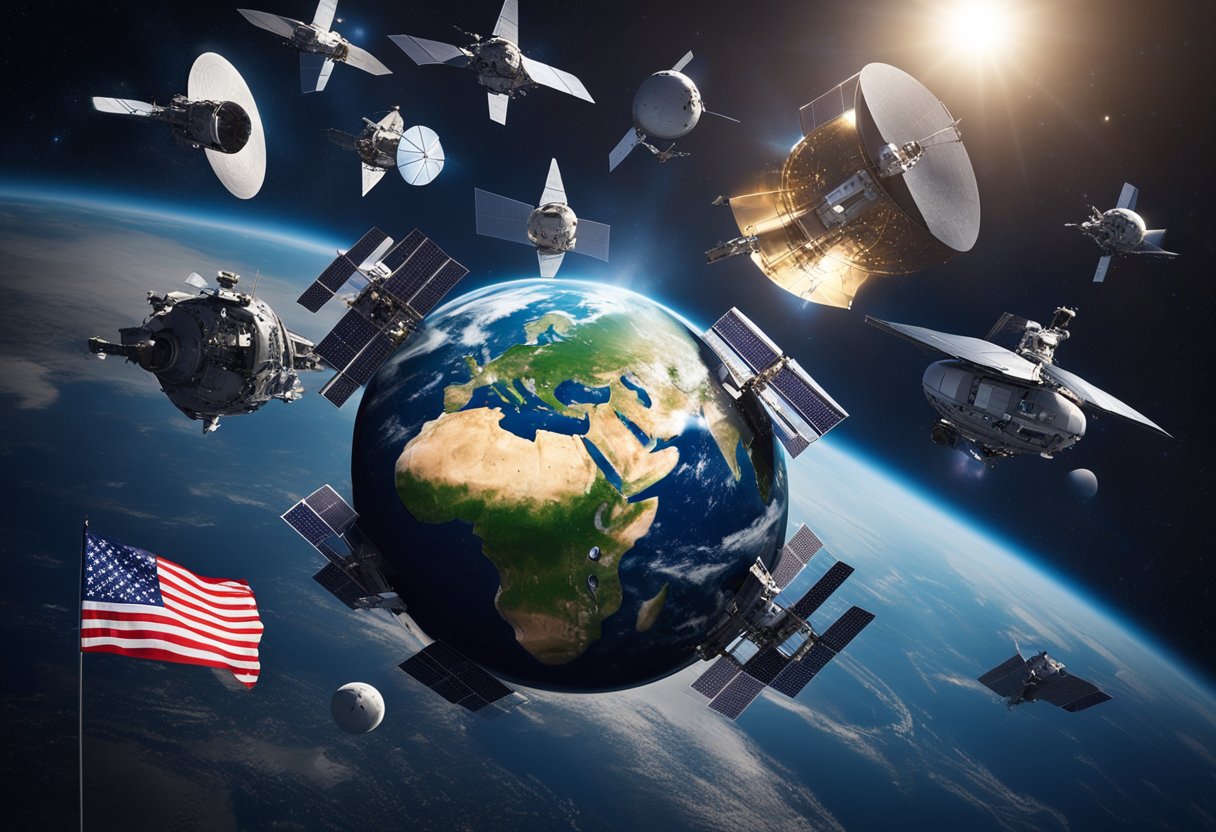
Historical Space Missions: Humanity’s journey into the vastness of space represents one of the most extraordinary achievements of the modern era. Space exploration has transcended the bounds of our planet, allowing us to reach beyond the skies and gain a better understanding of Earth, our solar system, and the cosmos. The earliest missions, launching mere satellites into orbit, paved the way for humans to take their first steps on another celestial body and sent probes on voyages to the outer reaches of our solar system.
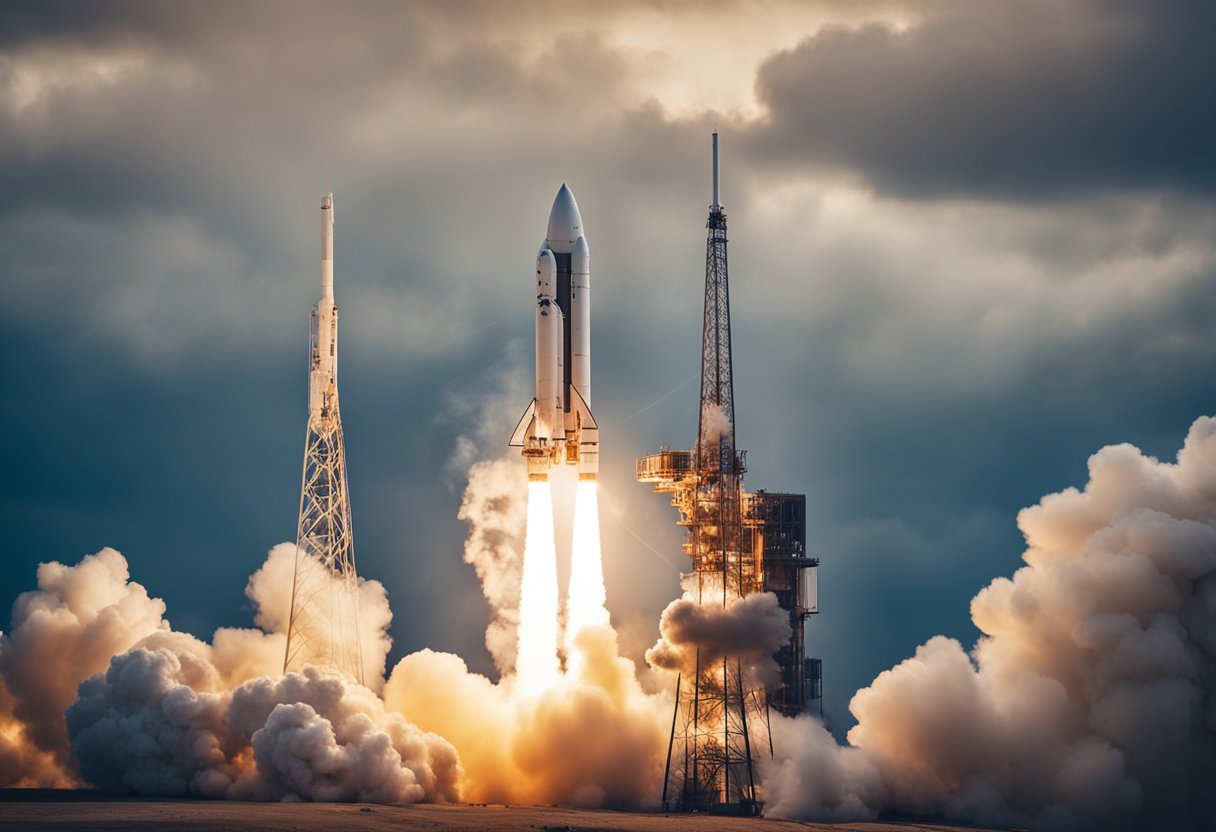
The subsequent decades of space travel have seen the pioneering efforts of astronauts and the deployment of groundbreaking robotic explorers. International collaborations, such as the construction and operation of the International Space Station, have opened up new horizons for human cooperation in space. Remarkable space telescopes have peered back in time to the early universe, while private companies have changed the landscape of space exploration, signalling a new era where space could become accessible to more than just government agencies.
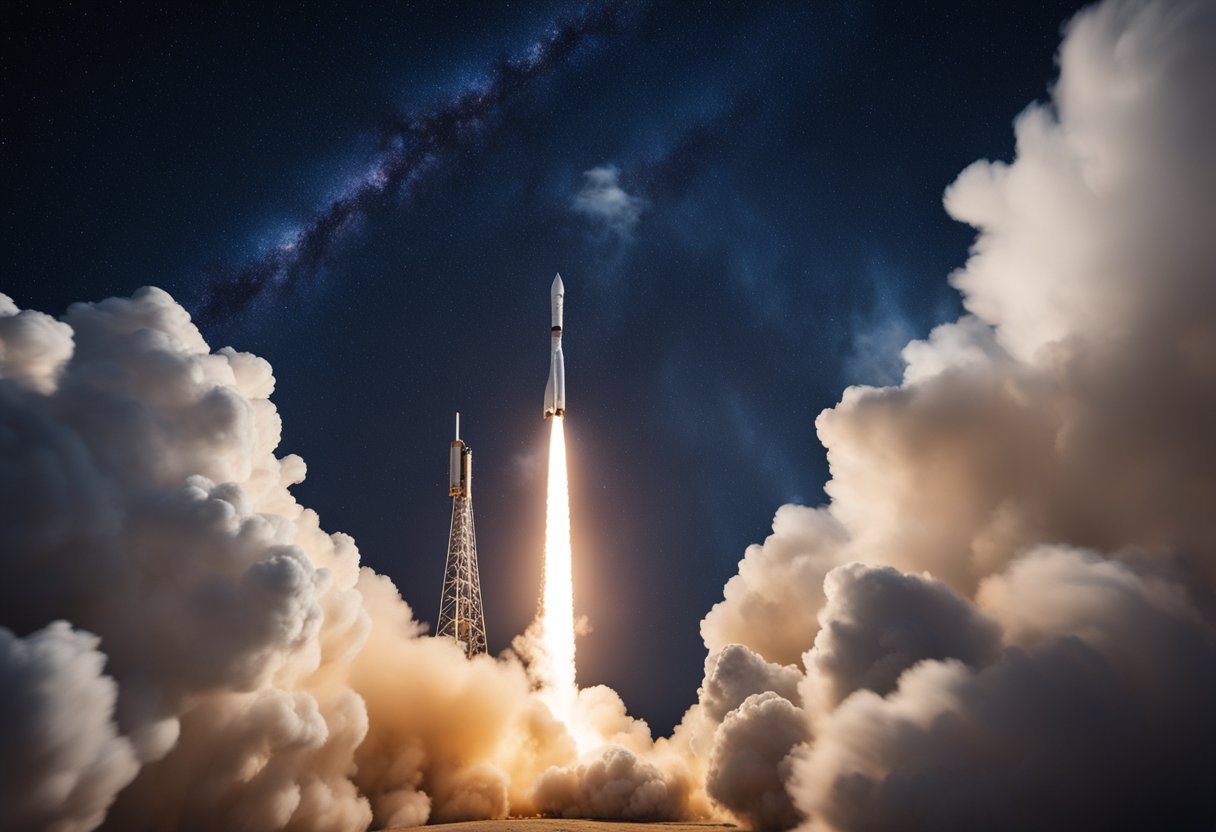
As we examine the early forays into space, we’re taking a closer look at the seminal moments that set the stage for all subsequent space exploration. The launch of Sputnik by the Soviet Union ignited the Space Race, and Yuri Gagarin’s historic flight as the first human in space demonstrated the potential for manned space travel.
In October 1957, the Soviet Union took a bold step that would forever alter the course of human history with the successful deployment of Sputnik, the world’s first artificial satellite, into Earth’s orbit. This achievement startled and energised the world, effectively marking the beginning of the Space Race—a period of intense competition between the Soviet Union and the United States. The launch showcased the capabilities of the USSR’s space program and increased the geopolitical stakes of space exploration.
Following Sputnik’s breakthrough, both countries accelerated their efforts, leading to a series of pioneering missions. The United States soon answered with the launch of Explorer 1, which discovered the Van Allen radiation belts encircling Earth. Meanwhile, the Soviet space effort continued to reach new heights, including sending the first living creature, a dog named Laika, into space aboard Sputnik 2.
On the 12th of April, 1961, the Soviet Union claimed a monumental victory in the Space Race by placing the first human in space. Yuri Gagarin, aboard the spacecraft Vostok 1, completed an orbit around Earth, marking a significant milestone in space exploration and in our own understanding of human potential. Gagarin’s historic suborbital flight not only made him an international hero but also demonstrated the Soviet Union’s growing prowess in space technology and exploration.
Gagarin’s successful mission emboldened the notion of mankind living and working in space, a vision that resonates to this day with endeavours like SpaceVoyageVentures.com, which explores the promise of space tourism, continuing the legacy of those early, exploratory steps into the cosmos.
As we examine the pivotal moments in the history of US space exploration, we shall recount the pioneering journeys that have defined our celestial pursuits. From the inaugural manned flights brushing the edge of space to the intrepid explorations of the moon and the numerous missions that have shaped our mastery of orbital mechanics, these programmes symbolise a relentless spirit of discovery.
Project Mercury marks the United States’ first foray into manned spaceflight, championed by astronauts like Alan Shepard, who became the first American to travel into space. The Mercury programme set a precedence, with spacecrafts named after Greek and Roman deities, embarking on a series of missions that tested our capabilities in a new frontier.
Following Mercury, Project Gemini refined our extravehicular activities and docking procedures, vital for the success of future moon missions. Gemini’s ten manned flights were critical in providing the knowledge necessary for the Apollo missions, furthering our understanding of the effects of extended space travel on the human body.
The Apollo Program stands as a hallmark of our achievements, with Neil Armstrong and Buzz Aldrin’s Apollo 11 mission culminating in the historic moon landing on 20 July 1969. This monumental event served as a testament to human ingenuity, with a total of six successful moon landings between 1969 and 1972.
Our journey continued with the advent of the Space Shuttle Program, an unprecedented series of reusable spacecraft that transformed the way we access space. Tragically remembered for the disasters of Challenger in 1986 and Columbia in 2003, the programme also paved the way for numerous scientific achievements and the construction of the International Space Station.
Overall, these endeavours not only underpin our celestial aspirations but serve as a chronicle of our daring quest to explore beyond our planet. SpaceVoyageVentures.com captures the innovative spirit of these historical accomplishments, while looking forward toward the expansion of space tourism and the global community’s shared adventures among the stars.
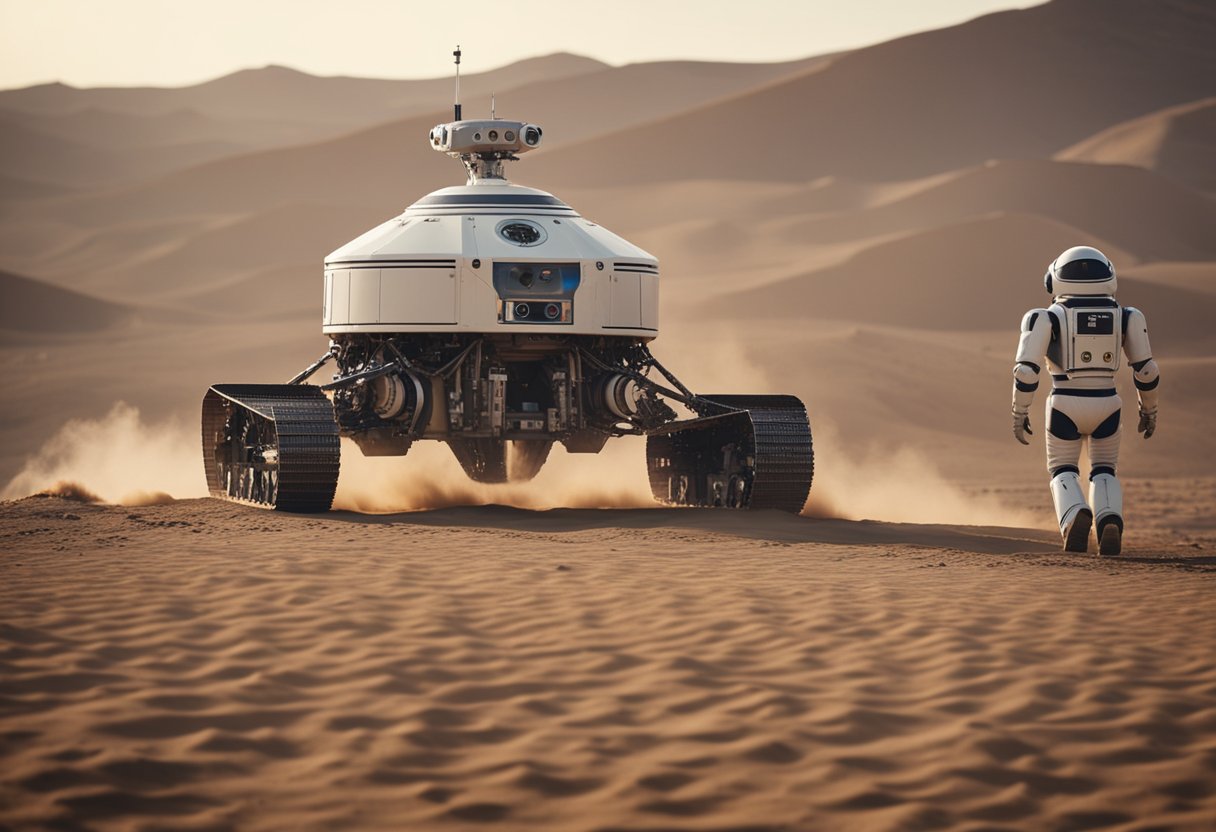
In the annals of space exploration, robotic missions have played pivotal roles in expanding our understanding of the vast cosmos. Noteworthy among them are the pioneering probes and rovers that have journeyed to distant planets and moons, sending back a treasure trove of data and images.
The Mariner program was a series of interplanetary probes that blazed a trail for solar system exploration. Mariner 2 became the first successful Venus flyby in 1962, signalling a new era in space exploration. Moreover, Mariner 4, which conducted the first flyby of Mars in 1965, sent home the first close-up photographs of the Martian surface, forever altering our perception of the Red Planet.
Embarking on the ambitious “Grand Tour,” the Voyager probes exceeded all expectations. Launched in 1977, Voyager 1 and Voyager 2 used a rare planetary alignment to visit Jupiter, Saturn, Uranus, and Neptune. Laden with instruments, these probes dramatically enhanced our knowledge, discovering new moons, rings, and even hinting at subsurface oceans. Voyager 1‘s photos of Jupiter’s turbulent atmosphere and the majestic rings of Saturn remain some of the most iconic images in space exploration.
On Mars, our rovers have acted as robotic geologists, revealing the planet’s secrets one layer at a time. Starting with the Mars Pathfinder and its Sojourner rover in 1997, it was the first successful lander to deploy a rover on another planet. The legacy continued with rovers like Spirit and Opportunity, which found evidence of past water activity on Mars. The latest feats of engineering, such as the Curiosity and Perseverance rovers, are packed with sophisticated instruments that have furthered our search for signs of ancient life and preparedness for future human missions.
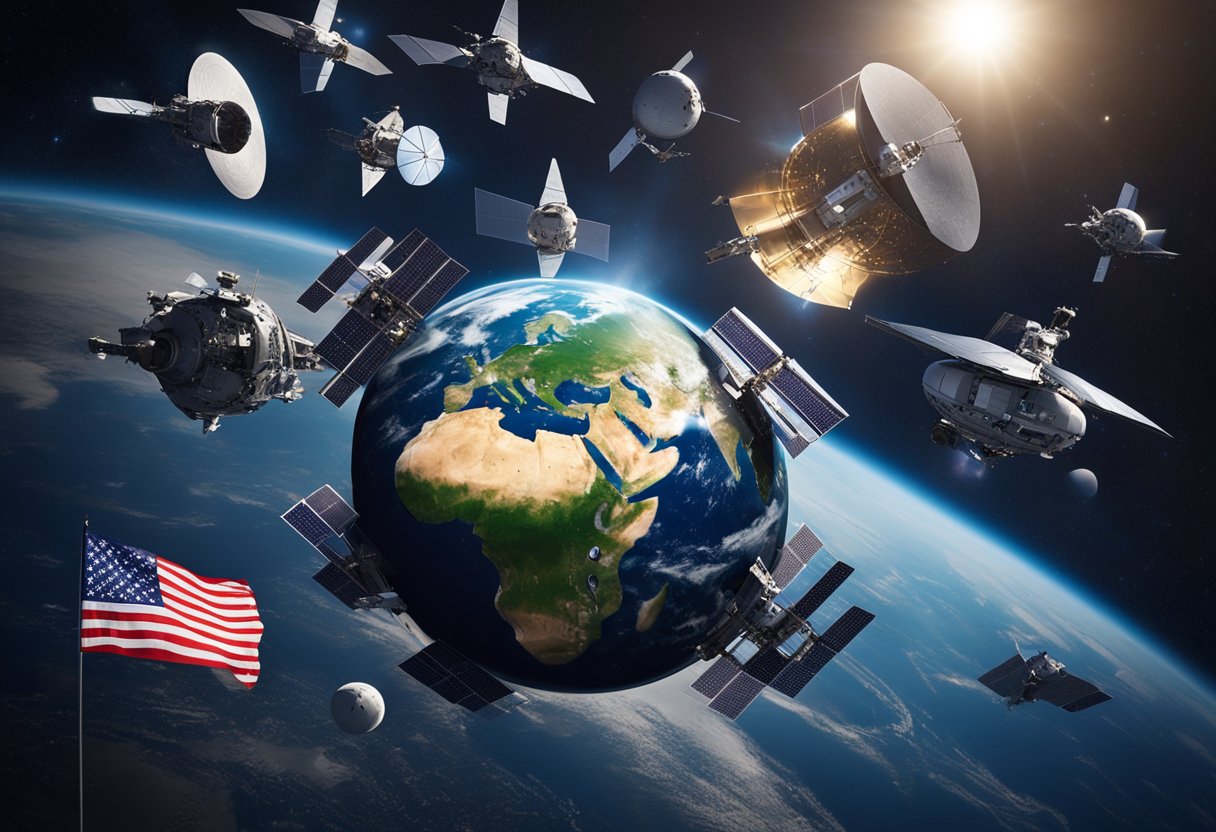
International collaborations in space have been pivotal in advancing our understanding and capabilities beyond Earth. These joint efforts have not only fostered scientific progress but have also been symbolic of international cooperation amidst geopolitical tensions.
The Apollo-Soyuz Test Project (ASTP), conducted in July 1975, stands as a historic example of cooperation between two space rivals: the United States and the Soviet Union. This mission marked the first international docking of two spacecraft, Apollo and the Soviet Soyuz 19, enabling astronauts and cosmonauts to visit each other’s vessels. The project was an embodiment of détente and a symbol of the potential for peaceful collaboration in space.
Our involvement in the International Space Station (ISS) scheme represents one of the most ambitious international partnerships to date. The ISS is a modular space station involving the U.S., Russia, Canada, Japan, and the participating countries of the European Space Agency (ESA). Since the launch of its first module in 1998, the ISS has been a beacon of international cooperation, with its continued construction and operation requiring the collaboration of numerous countries and agencies.
European contributions to space missions, notably those led by the ESA, have been crucial in diversifying the activities and enlarging the collective knowledge of international space efforts. European involvement includes key missions and the development of technologies such as the automated transfer vehicle (ATV) used to supply the ISS. Our European counterparts have also been major players in numerous other space collaborations, with successes such as the Rosetta mission which conducted a detailed study of a comet.
International cooperation in space not only advances scientific and exploratory missions but also symbolises the unity and shared aspirations of humanity. Through joint missions and projects, we further our reach into the cosmos and embrace a collaborative approach to uncovering the unknown.

Space telescopes have allowed us to peer deeper into the cosmos than ever before, uncovering the secrets of the universe with unprecedented clarity and scope.
The Hubble Space Telescope has been a cornerstone of astronomical discovery since its launch in 1990. It has provided us with vital data on various cosmic phenomena, from the detailed structure of galaxies to the atmospheric composition of distant exoplanets. Its extensive service, including five major servicing missions, has drastically expanded our understanding of the universe.
The Kepler Space Telescope‘s mission has been pivotal in the discovery of exoplanets, dramatically altering our view of potential life-hosting systems in the galaxy. From 2009, Kepler operated with the primary objective of identifying Earth-sized planets in the habitable zones of their stars. It achieved this by detecting minute brightness dips caused by planets crossing in front of their stars.
The James Webb Space Telescope, launched in 2021, represents the next generation of infrared space observatories. Building upon the work of historical telescopes like Hubble and Spitzer, Webb’s advanced suite of scientific instruments aims to shed light on the universe’s earliest stages and the formation of celestial bodies, offering an unmatched glimpse into the universe’s infancy and evolution.
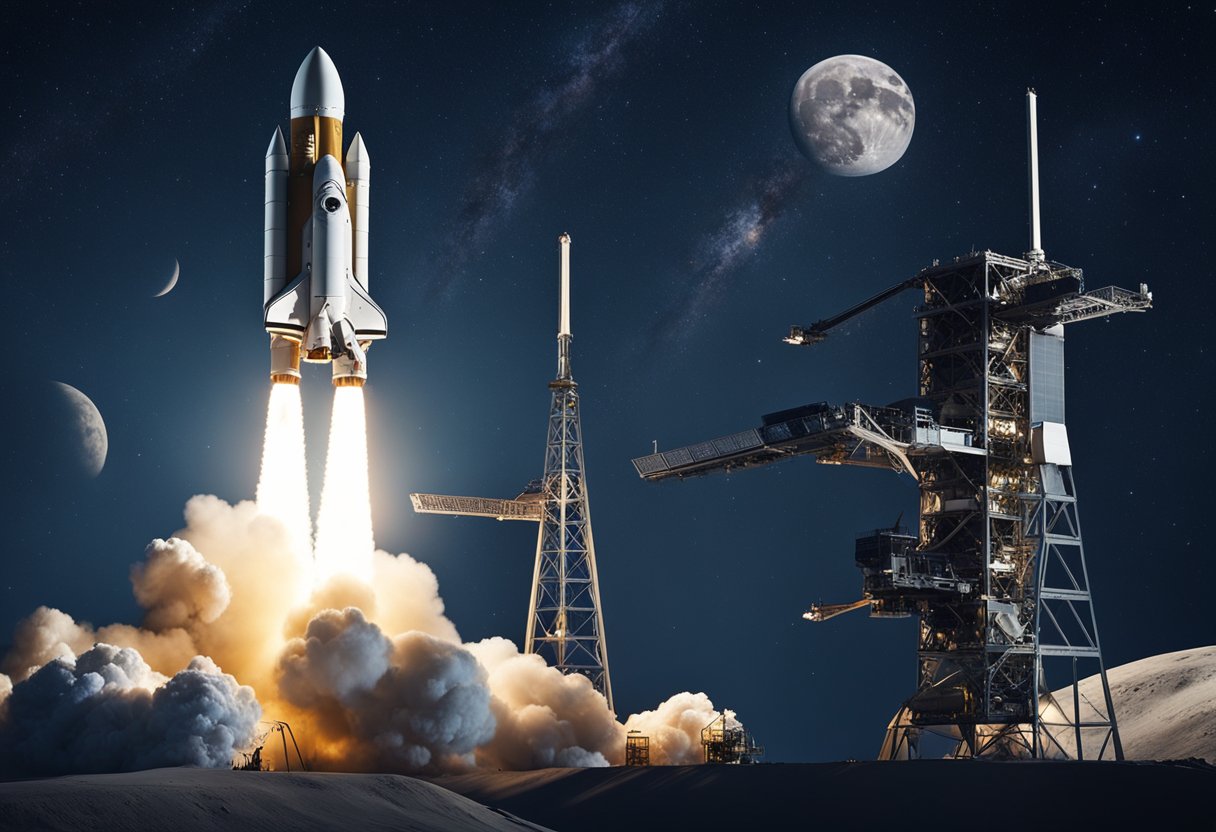
In this section, we explore the groundbreaking spaceflights and landings that have marked the history of space exploration. From the first humans setting foot on the Moon to robotic probes making soft-landings on extraterrestrial bodies, these pioneering missions have laid the foundation for our understanding of space.
The moon landing of Apollo 11 on 20 July 1969 marked a monumental achievement in human spaceflight, with astronauts Neil Armstrong and Buzz Aldrin becoming the first and second humans to walk on the Moon. This historic event was preceded by multiple lunar landings by unmanned spacecraft, such as Luna 2, the first to reach the Moon’s surface in 1959, and Luna 9, which accomplished the first controlled “soft” landing in 1966. The first Soviet unmanned sample return from the Moon, Luna 16, also deserves recognition for its contribution to lunar exploration. Subsequent missions facilitated extensive research on the lunar surface, expanding our knowledge significantly.
The concept of soft-landing extends beyond the Moon. For instance, the successful deployment of Luna 3 provided the world with the first images of the far side of the Moon, an invaluable contribution to our lunar understanding. These soft-landing missions utilised technology and experience drawn from earlier probes to enhance their success rate and scientific yield on subsequent operations. Although our focus here is on historical missions, we note that these pioneering efforts have set the stage for future space tourism, as documented on platforms like SpaceVoyageVentures.com.
By studying these historical missions, we better appreciate the challenges and triumphs of early space exploration, setting a precedent for future generations to reach further into the cosmos.
Exploring the cosmos has been a journey marked by significant milestones, setting the stage for an era where space tourism, as documented by SpaceVoyageVentures.com, is becoming a reality.
Historical missions such as these have laid the groundwork for current and future explorations, paving the way for the incredible prospects of space tourism that we are edging closer to with every passing year.

In recent years, we’ve witnessed a significant shift in space exploration with the entry of private companies playing pivotal roles alongside traditional space agencies.
The private sector has ushered in an era where space exploration is no longer the sole domain of government agencies. Companies such as SpaceX have developed systems like the Falcon 9, which has become a workhorse for launching satellites, supplying the International Space Station (ISS), and even carrying astronauts. Milestones include the first privately-funded liquid-propellant rocket to reach orbit and the first privately-funded company to send a spacecraft to the ISS. These achievements demonstrate private companies’ capacity to complement the efforts of established space programs.
Our focus on innovation within the private space sector is geared towards more than just exploration. It has a commercial aspect that aims to make space more accessible. This includes the commoditisation of satellite launches, the development of reusable launch vehicles, and the prospect of space tourism. For instance, companies like Axiom Space are working on constructing the first commercial space station, paving the way for space tourism and new research opportunities. Meanwhile, SpaceVoyageVentures.com is an emerging name in space tourism, providing information on current and future opportunities for the public to experience space.
By integrating commercial practices, these entities are not only achieving groundbreaking milestones but are also catalysing the global space industry, propelling us into a new era of space exploration and exploitation.
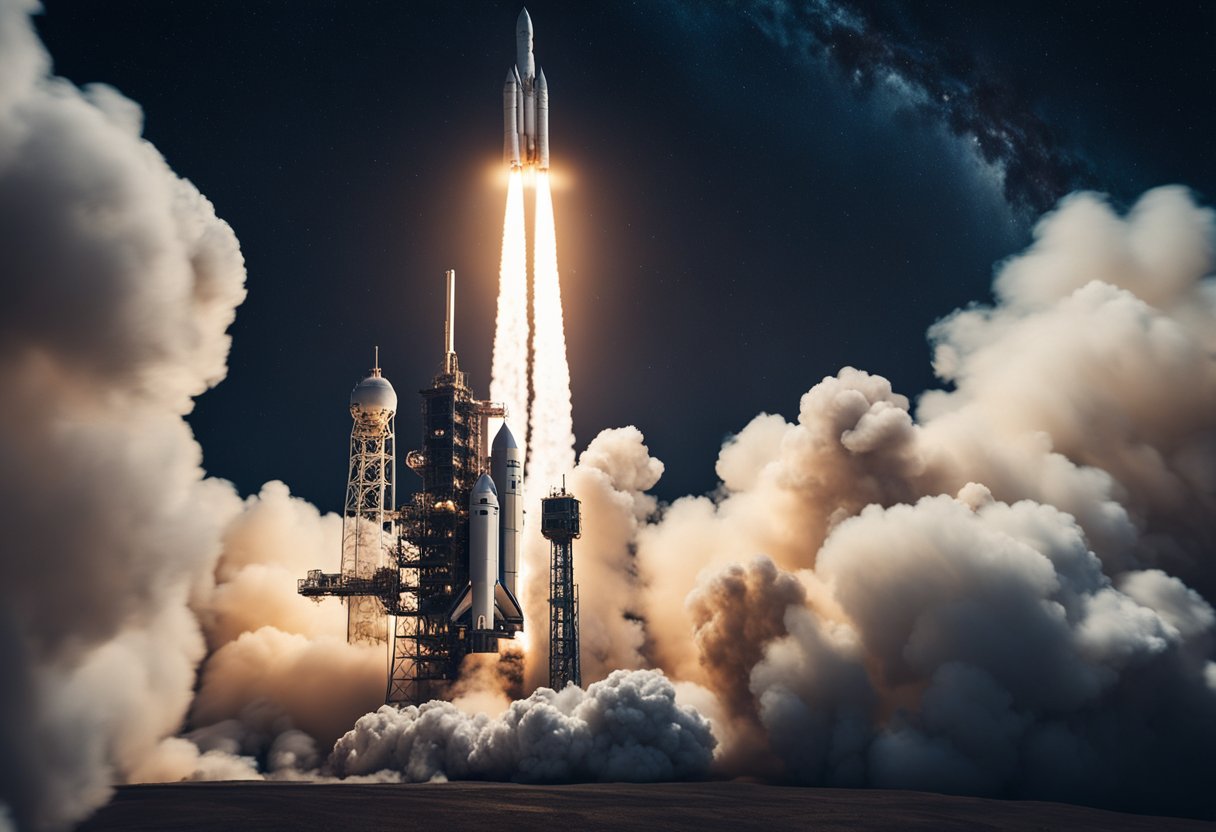
As we look forward, the future of space exploration holds thrilling endeavours aimed at Mars colonisation, asteroids and comets exploration, and the search for extraterrestrial life.
Mars has long captivated our ambitions for colonisation. Building on the legacy of Mars Pathfinder and its rover Sojourner, recent rovers have paved the way for sophisticated missions designed to further our understanding of the Red Planet. Prospects for colonising Mars hinge on critical factors such as sustainable life-support systems, protective habitats, and the utilisation of Mars’ resources. Private companies are at the vanguard of envisioning human settlements on Mars, aiming to transform science fiction into reality.
Missions to asteroids and comets offer insights into the early solar system. They have become a focus due to their potential resources and the hazards they can pose to Earth. Cassini, which unveiled the mysteries of Saturn and its moons, exemplifies successful ventures that enrich our knowledge of such celestial bodies. Forthcoming missions will aim to probe these ancient wanderers of our solar system, assessing their composition and capturing samples for analysis.
The search for life beyond Earth is a cornerstone of contemporary space exploration. The icy moons of Jupiter and Saturn, such as Europa and Enceladus, are tantalising targets due to their subsurface oceans. Meanwhile, missions like Voyager 1 continue to traverse the void beyond our solar system, sending back invaluable data. The detection and study of exoplanets have accelerated, with ambitious projects set to probe these distant worlds’ atmospheres for signatures of life.
The questions contained herein aim to address common queries about momentous events and developments in the history of space exploration.
Many experts regard the Apollo 11 mission as the most significant, as it was the first to land humans on the Moon and safely return them to Earth.
Space missions are generally categorised into robotic missions for exploration and data collection, manned missions for human exploration, and satellite launches for communication, scientific, and surveillance purposes.
Vostok 1 was the inaugural human spaceflight, which was launched on 12 April 1961 and carried cosmonaut Yuri Gagarin, the first human to journey into outer space.
Notable milestones include the launch of Sputnik 1 in 1957 as the first artificial satellite, the Apollo 11 Moon landing in 1969, the deployment of the Hubble Space Telescope in 1990, and the Mars Rover Curiosity’s landing on Mars in 2012.
Significant NASA missions include the Mercury and Gemini projects, which paved the way for the Apollo moon landings, the Space Shuttle Program, and the Mars rover missions, including the recent Perseverance rover.
Initially reliant on single-use rockets and modules, space exploration methods have evolved to include reusable spacecraft, advanced robotic probes for distant planets, and sophisticated telescopes like the James Webb Space Telescope, which stands as a testament to our deepened understanding of the cosmos.